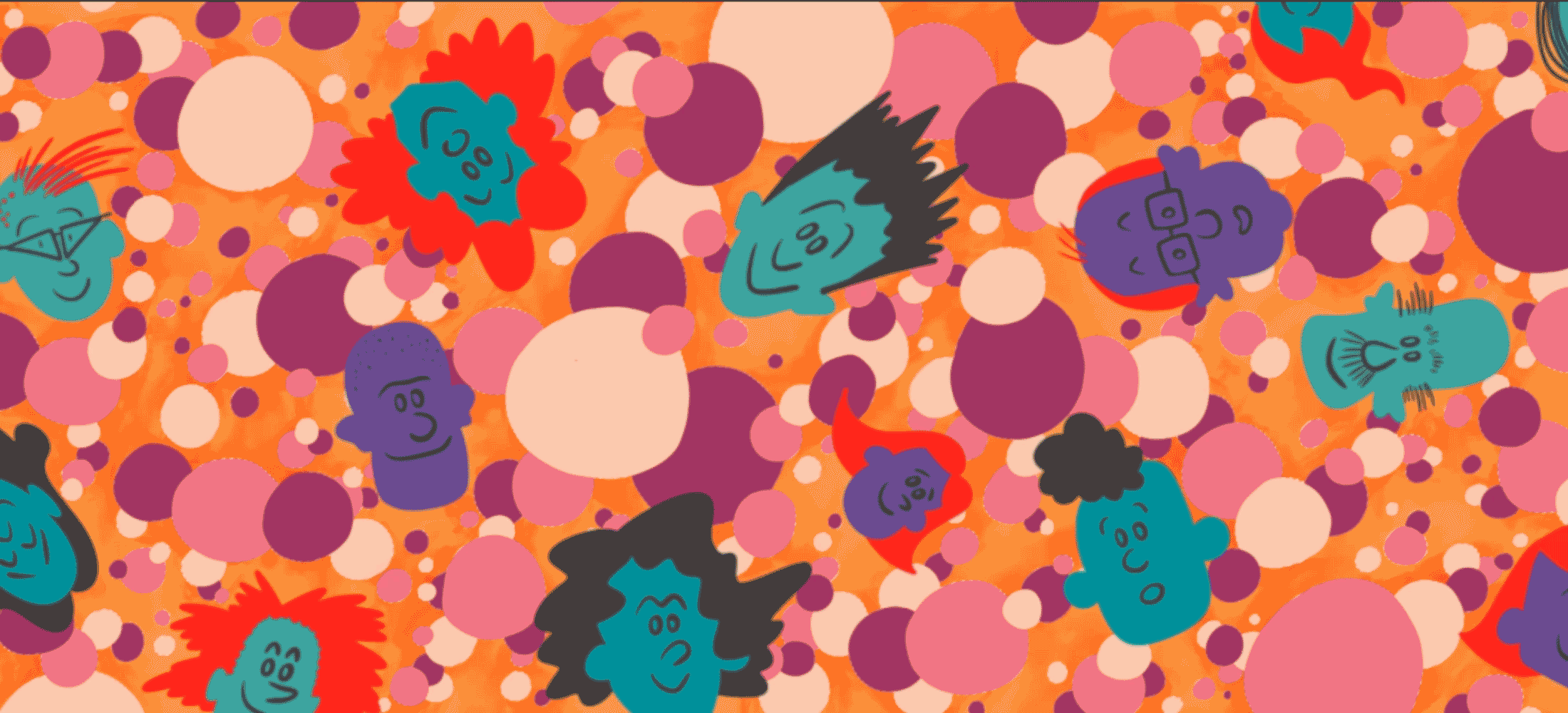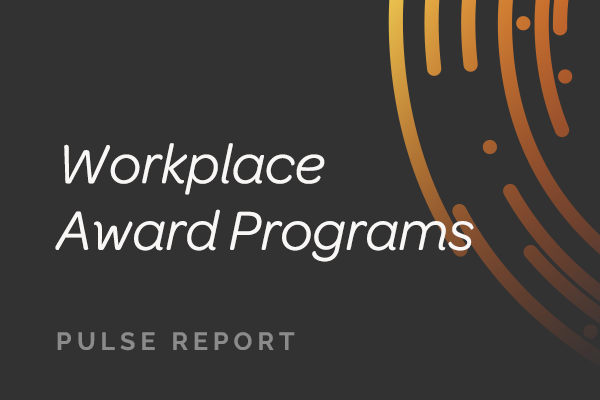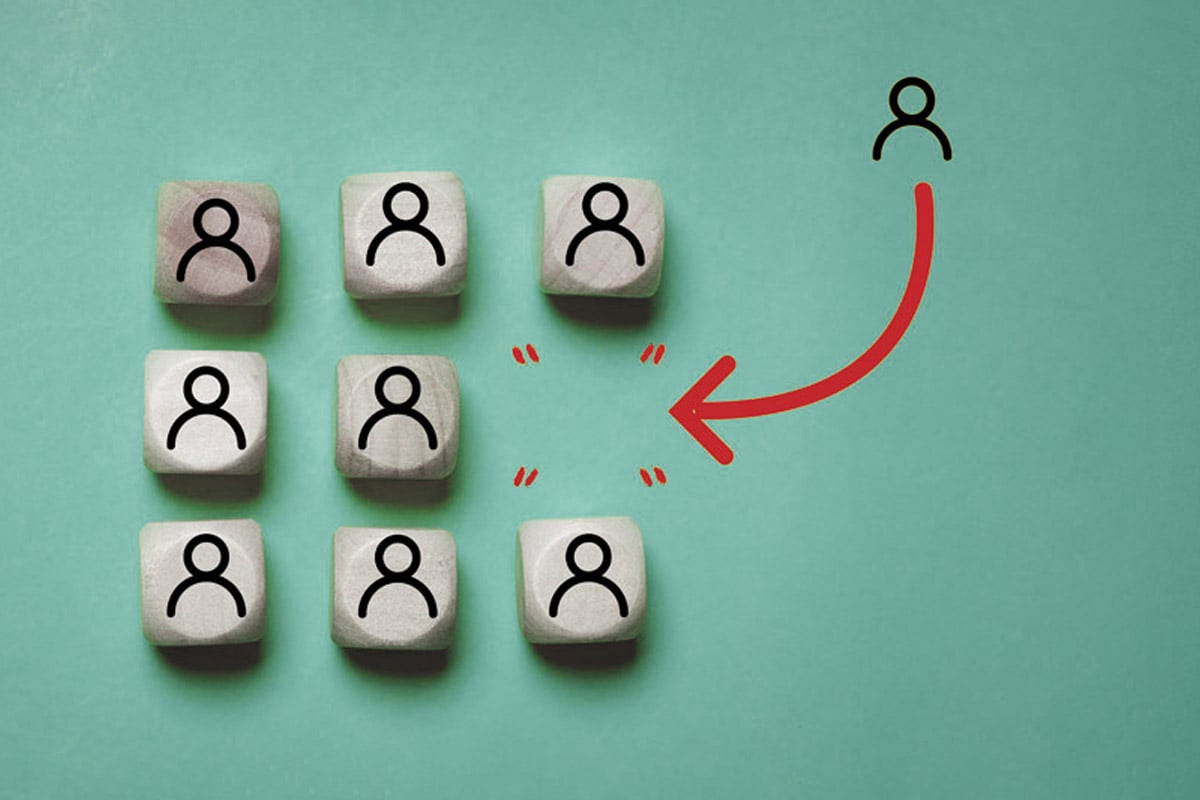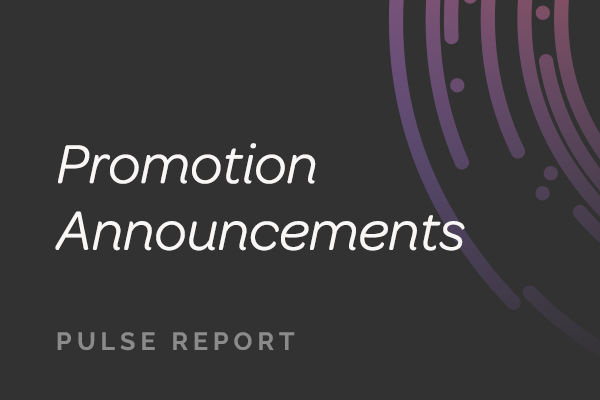
How to Foster Creativity in the Modern Workplace
May 16, 2023
The first rule of creativity (and the only one, really) is that there are no rules. The whole point is to allow yourself the freedom to experiment with fresh ideas and new ways of thinking. You can’t do that if there are bunch of onerous restrictions telling you when, how or whom you’re supposed to do it with. The idea is to just do it.
While that kind of approach works well for the lone artist, it gets trickier when it comes to an office environment. There are opinions, feelings and egos beyond our own to consider. Throw in a once-in-a-lifetime pandemic, and all the hybrid work meetings that come with it, and it’s no wonder many workers are wondering how to contribute or whether they’re contributions are even being noticed.
Whether we’re working remotely, from the office, or in a hybrid situation, the uncertainty isn’t likely to end anytime soon. So, we’re all faced with the same challenge: How to foster creativity in the workplace despite different needs and situations.
There are lots of ways to tackle this. First, let’s address the pink elephant in the room.
Expand the creative space
Even before the pandemic upended the way we worked, most companies struggled to grasp a core aspect of creativity: anyone can be creative. Creativity is not a specialty any one person possesses. The reason for this is pretty simple: The vast majority of businesses are intentionally designed so that everyone has a specialty. Finance people handle the finances, lawyers take care of the laws and regulations, recruiters do the recruiting, and so forth. While that kind of siloing works well for most professions, it creates big problems for creativity: Creativity isn’t a job.
While “creative” may appear in someone’s job title, creativity is not something any one person can claim ownership of. The fact is we’re all creative, and just because a person is a designer doesn’t make them any more creative than a project manager or HR representative. And yet, look at any company and I guarantee you there are people who’ve been anointed as the “creative ones.” Company after company most organizations self-identify who’s supposed to be creative and who isn’t. This enfranchises a few while telling everyone else, “Thanks, but we don’t need your ideas.”
Over time, that kind of setup breeds impassivity and resentment. No one likes to be labeled as “not a creative,” and there’s no quicker way to disengage someone than by giving them the impression that their ideas aren’t good enough.
Even if someone is more creative than others, it’s not because they have some innate gift. People expect them to be creative — therefore they’re free to be creative without inviting in self-doubt. If we just gave that same empowerment to everyone, imagine the thinking that could happen.
The workplace is constantly changing, but there was always ample reason to reconsider when, where and with whom creativity takes place when addressing how to foster creativity in the workplace. In far too many organizations, sanctioned creativity happens over there — during formally scheduled brainstorms or among particular individuals and teams. But while there’s a time and a place for creative specialists, few things are more disheartening — or inaccurate — than being labeled as “not a creative.” Creativity is inherent in all of us, no matter what our role, and much can be done to cultivate it on a regular basis.
Empower diverse thoughts
First, there’s great value in empowering a wider range of people to view themselves as creative. As Forrester points out, workers across all levels of tenure showed a tremendous amount of creativity in adapting to the changes wrought by the pandemic. An excellent step to encouraging diversity of thought would be to acknowledge this achievement in creativity and make it clear that this sort of elastic thinking is welcomed and valued. Further, creating a culture of empowerment for employees with varied backgrounds and experiences can oftentimes generate new and exciting ideas. The more employees think of themselves as playing some sort of creative role, the more creativity you’ll receive from them.
Encourage, recognize and reward
The next step is to find specific opportunities to encourage, recognize and reward this kind of activity. Just as the introduction of flexible work has shaken up our notions of a “typical” workday, it’s also an opportunity to inject that flexibility into our view of creativity. You don’t always need to set aside special time to have a creative conversation; you can start one in a weekly team meeting or a regular check-in with a few easy prompts. Call out creative contributions from individuals who might not have considered them that way. Weaving creativity into the fabric of your routines can yield new ideas you never even knew you were looking for.
Of course, you could also go in the opposite direction and set aside more dedicated time for creativity. A provocative report from Vox asserts that the real problem with creativity is that there just isn’t enough time for it; there’s too much other work to be done. Finding ways to reduce the workload — like eliminating unnecessary meetings and relying less on endless emails — can free up space to muse over longer-term challenges, reach out to colleagues on other teams, and even — gasp! — indulge in a little daydreaming here and there. Far from reducing productivity, enforcing creative breaks and mental gear changes can bring employees back to their “real” work feeling energized and refreshed, especially if they’re working remotely and missing some of the serendipitous connections of office life.
Surrender expectations
Of course, even with all these accommodations in place, creativity tends to veer off in directions we don’t expect. While the result can often lead to unexpected advantages, it can sometimes feel like a dead end. But while in most other pursuits that can feel like a waste of time, when it comes to creativity, that’s a feature, not a bug.
There’s no such thing as wasted time: Learning what doesn’t work can be just as important as discovering what does.
Fail harder
The ad agency Wieden+Kennedy is considered one of the most creative workplaces on earth. Counterintuitively, the secret to their success can be gleaned in a pushpin mural on a wall of their Portland headquarters that reads: “Fail harder.” This was originally intended as a tribute to the company’s cofounder, the late Dan Wieden, who said, “You’re only good to me after you’ve made three tremendous mistakes.” His point being that in order to be truly creative, you’ve got to fail. A lot. Only after a ton of failure will the right idea hit you.
We’ve got to reprogram ourselves to stop thinking of creativity like it’s some day trading job where every idea must instantly pay off — and if it doesn’t, it’s a big waste of time, money and effort — and instead think of it as long-term investment.
Or better yet, think of it like a fire.
Sure, you can have a gas fireplace, flip a switch, and voila have an instant fire. But it’s not a very efficient fire. It’s not a very warm fire. It’s not a fire you’re going to want to spend hours sitting around. When evaluating how to foster creativity in the workplace, you want the warmth of a wood fire that takes time, effort and consideration to build.
If you want your people to be creative, you’ve got to give them permission to be creative. If you’re always asking the same three people to build your fire, how will anyone else contribute?
So, if failure is good enough for the world’s top creatives, why not the rest of us? Creativity is an iterative process, so it’s important to give everyone involved the freedom to stumble on the way to victory. A lot. Over and over. Until trying and failing and trying again becomes an ingrained process — the “trying again” being the most crucial part. Respecting this wait-and-see process not only provides more openings for breakthroughs, it also accommodates different styles of working. It makes everyone feel welcome to contribute regardless of whether they’re experienced or new, virtual or in-person, extroverts or introverts, analytical or free-flowing.
In the final part of the series, we’ll get into the specific methods you can use to bring your creative ideas to life.
More from our series on creativity:
Contributor:
Jeff Lewonczyk
Director, Specialist
Jeff is a strategist and award-winning illustrator with a background in theater, music and arts advocacy. A resident of Brooklyn, he directs musical comedies and helps clients connect with their audiences through visually compelling stories and messaging.





